
It allows to keep PV going, with more focus towards AI, but keeping be one of the few truly independent places.
-
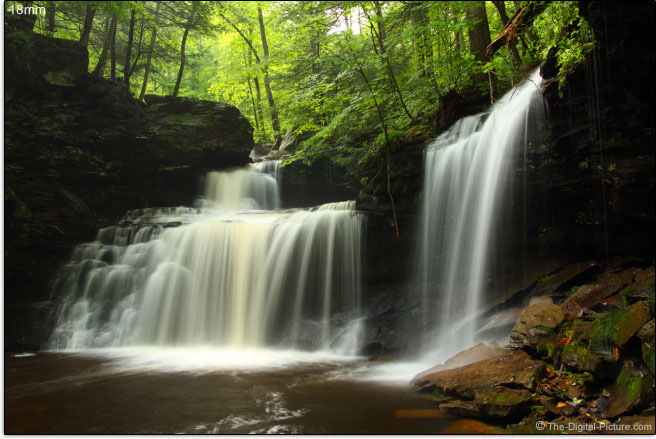
Most 16, 17 or 18mm-to-something-mm lenses show very noticeable barrel distortion at their widest focal length. This lens has barrel distortion at 18mm, but it performs better than many similar lenses by showing only a modest amount. As usual, the barrel distortion is corrected as the focal length increases until essentially being gone at around 22mm. Pincushion distortion then creeps into the picture and becomes mild from 28 through 35mm.
Overall, I am very pleased with the image quality from this first-ever lens design. It has a green light for my own needs.
Featuring Sigma's HSM (Hypersonic Motor) driven AF, the Sigma 18-35mm f/1.8 DC HSM A Lens focuses with very good speed.
At short distances, this lens is practically parfocal (focus distance settings remains the same throughout the zoom range). Longer distance focusing likes more focus adjustment through the available focal length range.
The Sigma 18-35mm f/1.8 DC HSM A Lens has very smooth, perfectly-damped and ideally-sized zoom and focus rings that have no play in them
http://www.the-digital-picture.com/Reviews/Sigma-18-35mm-f-1.8-DC-HSM-Lens.aspx

 18mm-A.jpg656 x 439 - 80K
18mm-A.jpg656 x 439 - 80K -
Bluntys review :-)
-
Comparison with Rokinon 35/1.4 and Canon 24-70 f2.8L
-
Toby Kahler has posted a nicely illustrated review of this lens with the EF-mount Blackmagic Cinema Camera.
To sum it up, i like the lens and the images it produces on the Blackmagic Camera. Its 1.8 stop is very stunning for a wide-angle zoom and it's sharp over the whole image area - even with open aperture. I didn't notice any bad aberrations or other unwanted behavior.
For me it's my new all purpose zoom on the BMCC.
This is a trailer of the upcoming movie he was talking about, showing a little of the Sigma+BMCC intercut with mostly FS700 and RED Scarlet images.
Can't really tell which shots are which, but the whole thing looks good to me! Maybe I should have started my Rokinon cine kit for Nikon/speedboostered MfT mounts with the 85mm instead of the 24mm.
-
Interview with one of lens constructor
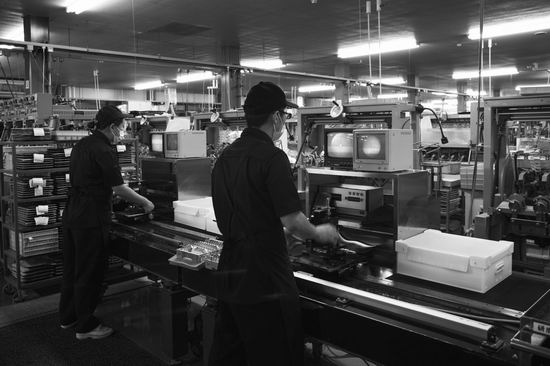
Q: Does an access to low dispersion glass of different kind (SLD, FLD) or high refraction index glass make the work of an optics specialist noticeably easier?
A: Although low dispersion glasses are essential optics for the development for high performance lenses, using them does not explain the whole story of the success. Adequate experiences and flexible ideas are essential for lens design as it enables us to grasp the features of each optic and optimize them in the product.
Q: Why the Sigma 18-35 mm filter is 72 mm in diameter while its moderately convex front element is only 49 mm in diameter? Was it impossible to use a smaller filter?
A: Although it may not be possible to attach the 49 mm filter, attaching a frame close to that size is possible. However, the frame of the filter will cause vignetting in the edges thus it's not realistic.
Q: How the optical stabilization influences the resolution of an image? After all in such a construction there are movable elements. Is designing stabilized lenses more difficult than designing ordinary lenses?
A: We think that the optical stabilization system reduces camera shake which affects resolution. Because the optical stabilization system needs to move some of the lens groups, the lens design with OS function will be more difficult from both optical and mechanical points of view.
Q: More and more cameras, launched on the market, are mirrorless constructions, characterized by short flange focal distances. Of course such a situation demands a quite different approach to the lens construction, especially when it comes to telephoto lenses. Do you still look for new technical solutions in an active way when it comes to the optics or are the coatings the only innovation here? Or maybe the construction process is just like playing with Lego blocks, modifying slightly the same proven constructions over and over again?
A: Concerning telephoto lenses for mirrorless cameras, it's important to take the design of AF system into consideration. Rather than flange focal distance, to function the lens groups and the optimized mechanical design is more substantial element for a lens development. There are many ways to improve lens performance apart from optical technology. Thus, we are always working on any type of development for our technical innovation. Conventional designing methods have also some room for improvement, so our engineers are refining their skills by studying it thoroughly.
-
Aaron Nanto's second video is up 'focus and bokeh', the lens (his example) is not quite par focal.
-
Amazon just sent me a note saying they still don't have stock, so it looks like this lens is delayed. Maybe some heavy demand?
-
Hi everyone - have a look at an example video featuring the Sigma 18-35 on the Blackmagic Cinema Camera and Kessler Cinedrive:
-
Yeah, I have the same lens, good old Vivitar Series 1 (with macro setting), OM mount of course.
-
At 810g that's almost as heavy as my Vivitar 70-210 3.5 (943g). The Vivitar needs an adapter with tripod support, otherwise it's too much for the m43 mount. My guess is that the Metabones Nikon Speed booster would nicely do two things: convert it to a 13-25mm f1.3, and optionally 31-60mm with ETC (DOF eq=f3) and provide tripod support. If this combo works it could become my go to lens. It's nice to hear in the review that focus travel is longish for focus pulling, and I remember hearing that it's parfocal aswell. Anyone?
-
That is a big lens, love to see it mounted on a GH2. Might need a lens support, particularly with u43 adapter.
-
Here's a nice set of stills from the new Sigma. Beautiful stuff.
http://www.flickr.com/photos/grin-reaper/sets/72157634741688870/
-
Sigma 18-35mm f1.8 is worth every penny bringing top of the line build quality, amazingly wide apertures, zoom abilities, and fast autofocus for only $799.
http://learningcameras.com/reviews/4-dslrs/166-sigma-18-35mm-f18-hsm-lens-review
-
Yep, also this data is added to dpreview lens review at
-
The Sigma 18-35mm F1.8 DC HSM is a fast and tack-sharp lens from F2.8 onwards, and one that exhibits low chromatic aberrations. Vignetting at wide-open apertures and barrel distortion at 28mm are the only real optical issues of note, something that other fast wide lenses also suffer from, and stopping down to F4 solves the light fall-off problem altogether.
Build quality is also excellent, with the brass lens mount and sober all-black design adding to the high-quality feel, and Sigma have even generously included a very good lens hood and padded case. The internal HSM focusing was very quick on the Canon EOS 700D that we tested the lens with, and manual focus over-ride at any time is a great feature.
http://www.photographyblog.com/reviews/sigma_18_35mm_f1_8_dc_hsm_review/
-
Another option is Pentax variant.
-
All the photos I have seen show the lens with electrical contacts (probably photos of EF mount). I emailed them about the Nikon version having the physical iris lever and got this confirmation:
Hello, The lens has a mechanically controlled lever actuated diaphragm and we are just starting to ship it in the Nikon mount this week. Yours Truly, Paul Pizzano Sigma Corporation of America
-
A personal review on a C300.
-
64 samples made with this lens
http://www.photographyblog.com/previews/sigma_18_35mm_f1_8_dc_hsm_photos/
-
Performance starting from wide end
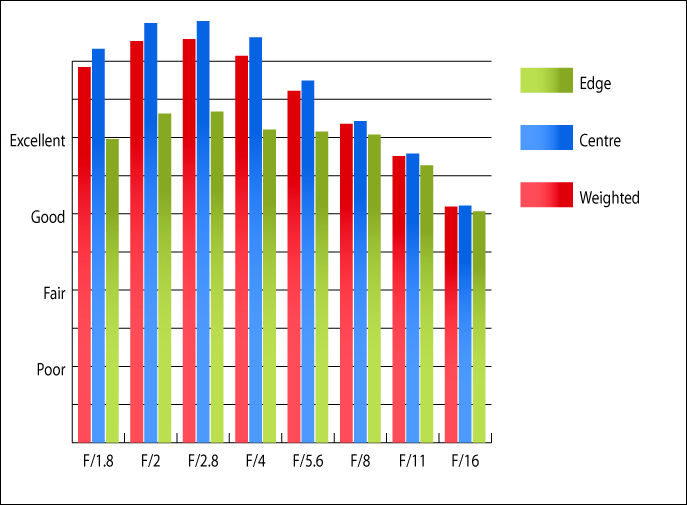
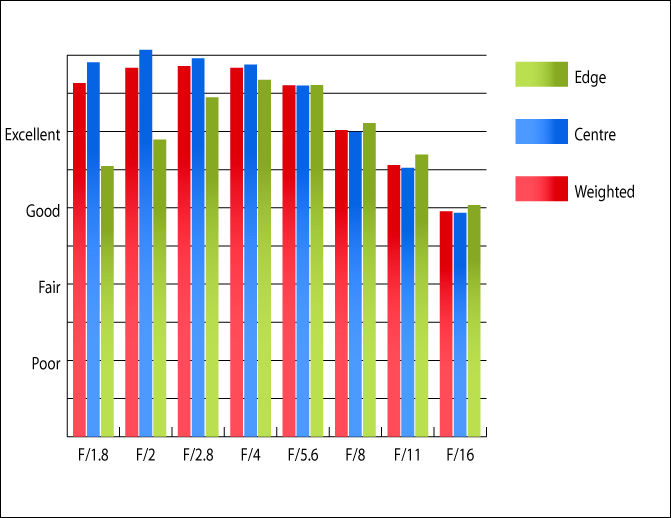
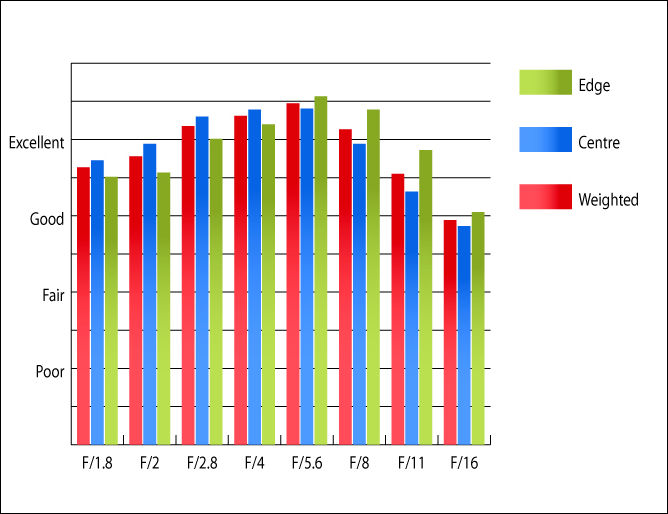
http://www.ephotozine.com/article/sigma-18-35mm-f-1-8-dc-hsm-a-lens-review-22257

 sigma.jpg687 x 505 - 69K
sigma.jpg687 x 505 - 69K
 sigma1.jpg671 x 518 - 66K
sigma1.jpg671 x 518 - 66K
 sigma2.jpg668 x 514 - 65K
sigma2.jpg668 x 514 - 65K
Howdy, Stranger!
It looks like you're new here. If you want to get involved, click one of these buttons!
Categories
- Topics List23,981
- Blog5,725
- General and News1,353
- Hacks and Patches1,152
- ↳ Top Settings33
- ↳ Beginners255
- ↳ Archives402
- ↳ Hacks News and Development56
- Cameras2,362
- ↳ Panasonic992
- ↳ Canon118
- ↳ Sony156
- ↳ Nikon96
- ↳ Pentax and Samsung70
- ↳ Olympus and Fujifilm100
- ↳ Compacts and Camcorders300
- ↳ Smartphones for video97
- ↳ Pro Video Cameras191
- ↳ BlackMagic and other raw cameras115
- Skill1,960
- ↳ Business and distribution66
- ↳ Preparation, scripts and legal38
- ↳ Art149
- ↳ Import, Convert, Exporting291
- ↳ Editors191
- ↳ Effects and stunts115
- ↳ Color grading197
- ↳ Sound and Music280
- ↳ Lighting96
- ↳ Software and storage tips266
- Gear5,417
- ↳ Filters, Adapters, Matte boxes344
- ↳ Lenses1,580
- ↳ Follow focus and gears93
- ↳ Sound498
- ↳ Lighting gear314
- ↳ Camera movement230
- ↳ Gimbals and copters302
- ↳ Rigs and related stuff273
- ↳ Power solutions83
- ↳ Monitors and viewfinders340
- ↳ Tripods and fluid heads139
- ↳ Storage286
- ↳ Computers and studio gear560
- ↳ VR and 3D248
- Showcase1,859
- Marketplace2,834
- Offtopic1,319










